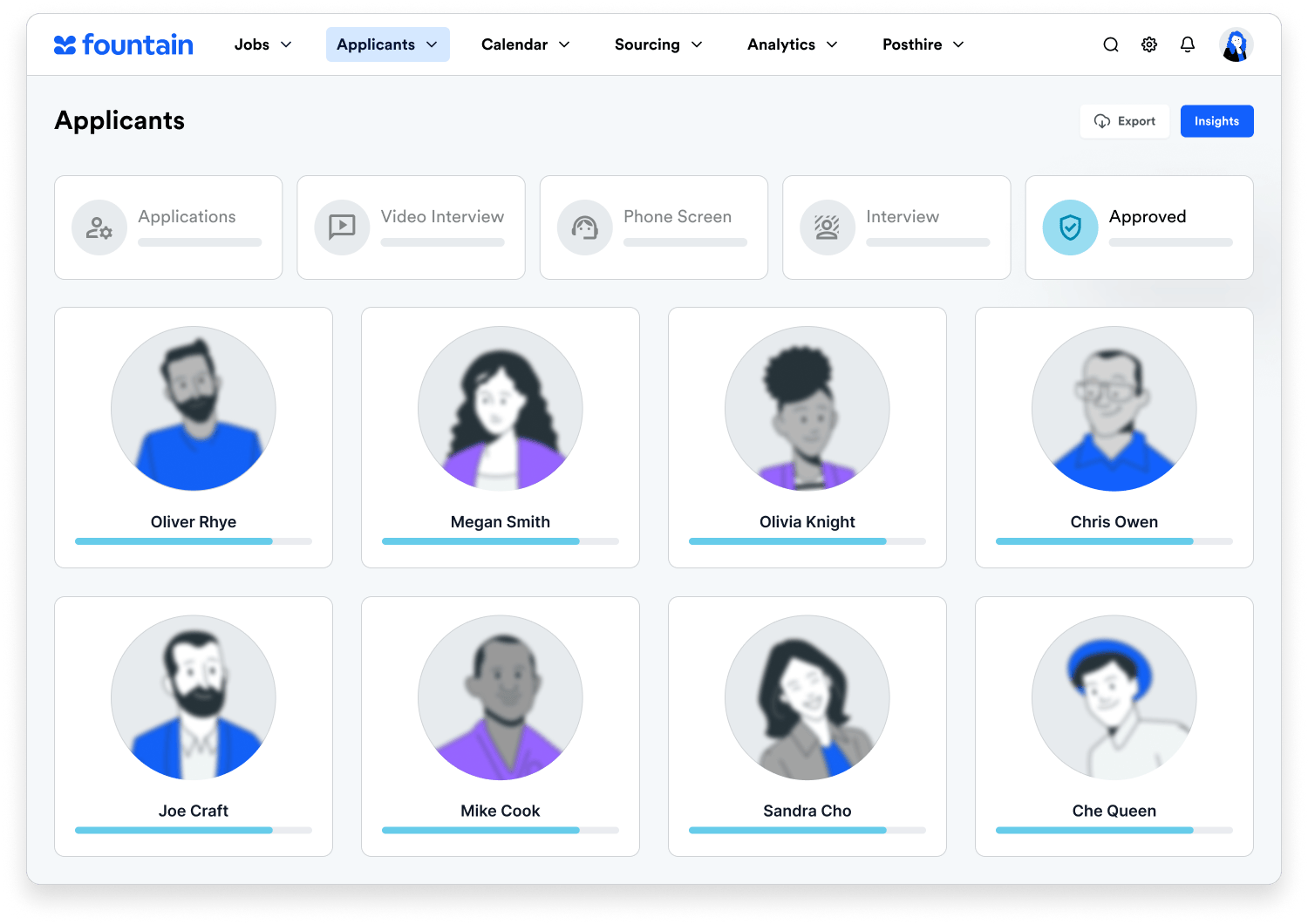The phrase “candidate experience” iscommon buzzword among hiring teams, but there is utility in understanding what it means and how to measure it. When you boil it down to the simplest definition, it refers to a candidate’s perception of an organization based on their interactions throughout the recruitment process.
In a recent survey conducted by HR.com, where Human Resources professionals were surveyed to understand what the key elements of high performing applicant tracking systems are, participants were asked how they measure whether candidates have a positive experience when using their organization’s ATS. Alarmingly, 44% of respondents answered “we have no way of gauging their experience.”
Understanding how your organization is performing, from a candidate’s perspective, is crucial if you’re going to scale your recruitment.
Word of mouth can be a powerful asset or severe liability. If you’re a larger organization providing a poor candidate experience, in the era of social media, that message will spread like wildfire. The first step in correcting this error is to understand how to measure this experience.
How do you measure candidate experience?
- Applicant drop off
There can be a variety of reasons a candidate exits the interview process before completion. They could have been farther along with another company, already accepted an offer, etc. If you are continuously having candidates leave in the early stages, it can be an indicator that there are flaws in your hiring process.
- Offer acceptance rate
How many candidates accept offers from your company can tell you a lot about their experience. When on the search, candidates are looking for opportunities that thoroughly fill their needs, whether it’s compensation, work-life balance, leadership, etc.
A high acceptance rate shows that you are acknowledging their needs, and giving a positive impression to most of your candidates throughout the different stages.
- Candidate satisfaction
One of the easiest ways to gauge experience is to just ask! It can be as simple as a follow-up survey asking them to rate their experience and ask why they did or did not continue through the interview process.
This follow-up with applicants helps to understand why they’re leaving early, so you can make adjustments where needed. It also shows you value their insight, and can turn a negative, or just okay, experience into a positive one.
A quick thought on how to positively impact the candidate experience.
In a fair recruiting world each candidate would be coming in as a blank canvas, with few preconceived notions about your company. That’s not the world recruiters live in, especially for larger organizations, who have to factor in the mainstream perception of their company.
The best advice I can give? Do NOT shy away from addressing perceived issues or negative reviews of your company, especially if they are unfounded. According to Harvard Business Review, online reviews have been found to be highly polarized, meaning you can expect extremely positive or extremely negative reviews, with few moderate opinions.
What does this mean? It means that an accurate depiction of your organization isn’t going to be the one depicted online, good or bad. Moderate opinions are rarely found on review sites because there is little value for the respondents.
Take time to understand the perception of your company online, so you can adequately address these issues when confronted with them during the hiring process. A poor response can and will have a lasting impact on the candidate’s impression.

 Jan 05 2021
Jan 05 2021
